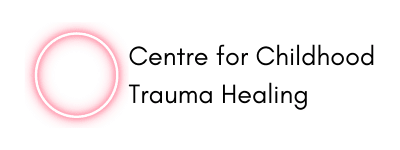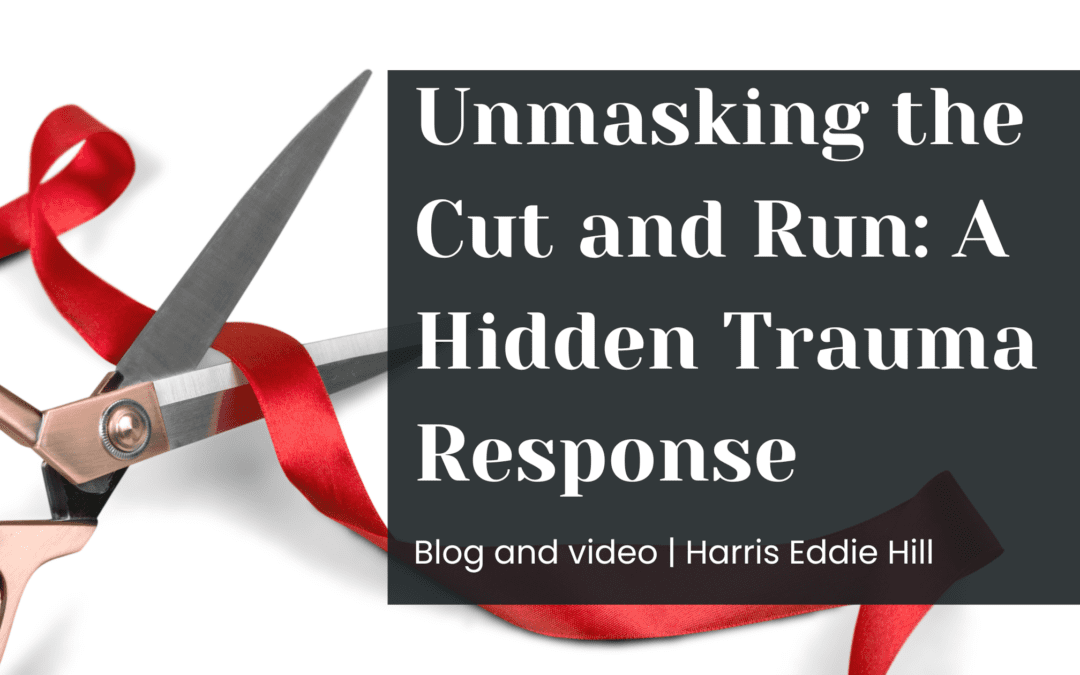Introduction
Today, we’re delving into the depths of a trauma response that seems to tiptoe in the shadows, seldom discussed and rarely understood. As someone deeply invested in recovery from complex trauma, I began to see this mechanism so often and I’ve aptly named it ‘the Cut and Run.’ Join me here as we unravel the intricacies of a trauma response that might resonate with many, but is seldom acknowledged.
The Enigma Unveiled
In my years of working with individuals recovering from complex trauma, the Cut and Run has emerged as a silent protagonist. And it’s not a comment about whether or not we should end relationships, but rather how we take part in those endings. This response, though common, often goes unnoticed, concealed within the folds of our instincts, our justified decision, manifesting as a protective mechanism.
The Uncharted Territory
Have you ever heard of the Cut and Run in attachment theory or any other psychological discourse? I haven’t. Maybe it’s just my unique perspective on recovery, or perhaps this elusive response has yet to find its place in the limelight. What I can assure you is that understanding and overcoming the Cut and Run is not only possible but also a vital step toward lasting healing.
A Personal Odyssey
Allow me to reintroduce myself – I’m Harris, founder of the Center for Childhood Trauma Healing, dedicated to helping individuals permanently recover from complex trauma. The Cut and Run was not just a concept for me; it was a lived experience, a response deeply embedded in my journey of healing.
Decoding the Cut and Run
Picture this: you reach a point in a relationship where an abrupt “I’m done” echoes in your mind and body. This isn’t about the legitimacy of ending relationships; it’s about the energy behind the exit. The Cut and Run is more than a decisive break; it’s a repetitive, almost involuntary trauma response that feels like a fight-or-flight instinct.
Changing Relationships, Changing You
As we grow, change, and grapple with trauma, relationships undergo transformations. Some conclude naturally, while others fade as boundaries strengthen. The Cut and Run, however, emerges when the response is driven by a deep-seated trauma mechanism, altering the dynamics of the departure.
The Pitfalls of Hasty Endings
Sure, some might argue that swift endings are necessary, but the Cut and Run is a double-edged sword. The hasty severing, rooted in trauma, may offer a momentary shield, but it often leaves a lingering sense of shame and unease. The energy behind such endings, I’ve found, doesn’t provide the peace and protection we seek.
The Calm After the Storm
I’ve discovered that consciously ending relationships, allowing time for reflection, and coming from a place of calm knowing can redefine the experience. The aftermath is not only more grounded but also less energetically taxing. It’s a journey from aggressive cut-offs to assertive closures that don’t leave a bad taste in your mouth years later.
The Threefold Path to Healing the Cut and Run
Now, you might be wondering, what are the three steps to overcoming the Cut and Run? Well, I invite you to embark on this journey with me by watching the accompanying video. Let’s unravel the specifics together, embracing the nuances of healing and discovering the power within ourselves to navigate relationships more consciously. I’ll take you through the three steps to beginning to heal this mechanism.
Conclusion
Recovery from the Cut and Run is not just doable; it’s liberating. As you explore this uncharted territory, remember, there’s nothing to be ashamed of. The journey to healing is yours to embrace, and the resilience within you is waiting to be strengthened and built upon. Join me in the video as we delve deeper into this transformative process. Until then, take care and see you on the path to healing!
Are you in need of a supportive and healing community? Why not join my lovely group?
Join me and our other lovely members to enjoy community, weekly coaching calls, and recommended resources to support your healing, growth, and learning to have healthy relationships.
Take me to the group!

